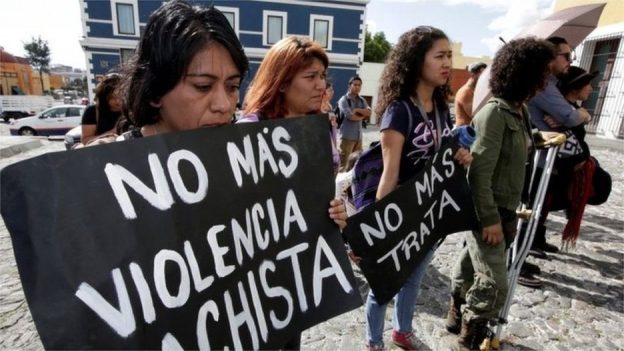
Freddy Bernal, Venezuela’s minister for urban agriculture, visiting a rabbit farm.
Strange, Hannah. ‘They put bows on them’: Venezuelan plan to encourage rabbit-eating amid food shortages goes awry as people adopt them as pets. Telegraph. 14 Sept 2017
Within this Telegraph article by Hannah Strange, she talks about the Venezuelan food crisis and how they plan to deal with it by encouraging the people to breed rabbits for meat. The Venezuelan president called this attempt to help his people from the crisis, Plan Rabbit, and Strange writes that he thought that this would be a great idea to implement a new alternative food source to the people that is less expensive than other mainstream meats like beef and chicken that has become extremely expensive. It started out as a trial held by Venezuela’s minister for urban agriculture, Freddy Bernal. He have 15 communities baby rabbits to grow and breed and then collected the rabbits again to count them. What came back to him was very surprising to him because many rabbits came back with names and bows on their heads and were treated as pets instead of potential food.
After seeing that the rabbits were being treated as pets, Bernal decided to try to adjust the way that people viewed the rabbits, from pets to food. He also insisted on switching to goats to take the place of cows within the crisis. This food crisis is causing an economic collapse within the country and has caused record levels of malnutrition in children states Strange. She also states that the average Venezuelan has dropped 19 pounds due to the food and economic crisis. As a result of this, many people are leaving Venezuela in search of a new life and the president of Venezuela blames this crisis on the opposition that is against the government while analysts blame it on the inflammation of the currency within Venezuela as it is now inflated up to 700%, and the drop in imports that the country basically live off of.
This article shows that the people in Venezuela, although in a economic and food crisis’, seem to be unaffected mentally throughout this time of crisis as they don’t really take the opportunity to provide food for themselves but instead keep their sanity through making a pet out of what should have been a stable’ish food supply given to them by the government. The article has some pictures that show how the officials are reacting to how the people are treating these animals as pets but they seem to be humored by the citizens reaction to the rabbits instead of mad or some other justifiable emotion that would come from a plan not working the way that it was planned to.
http://www.telegraph.co.uk/news/2017/09/14/put-bows-venezuelan-plan-encourage-rabbit-eating-amid-food-shortages/








